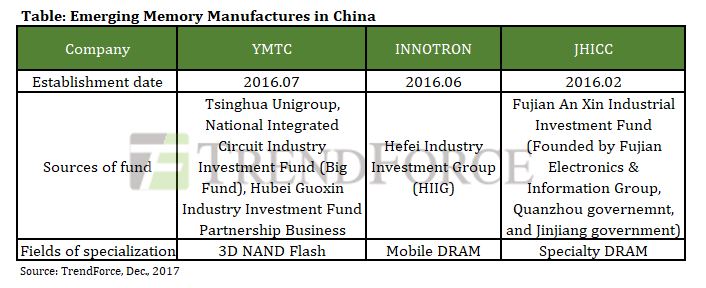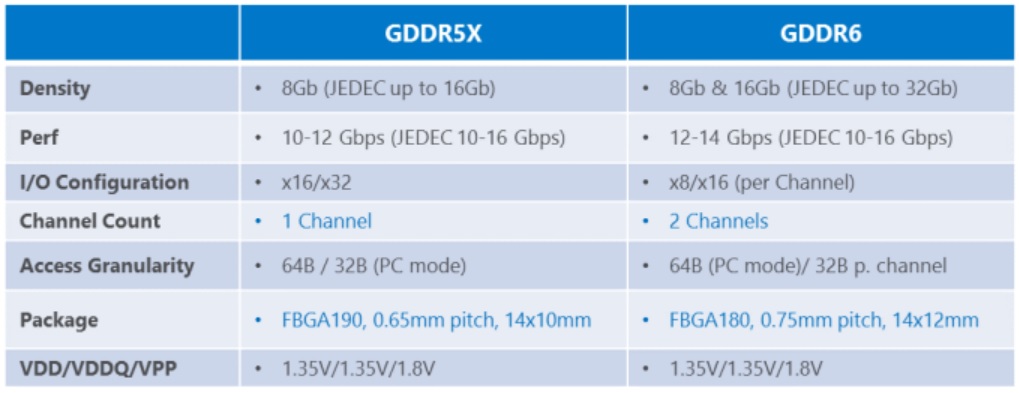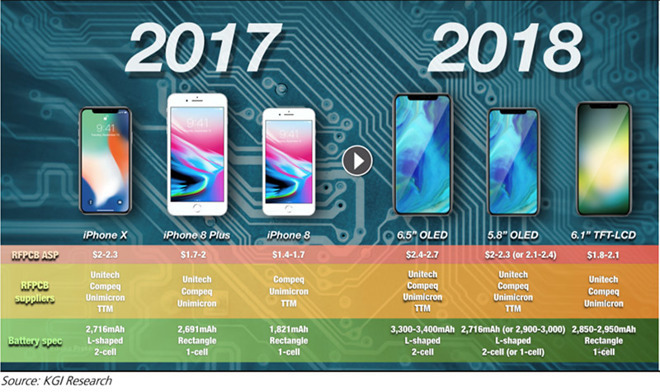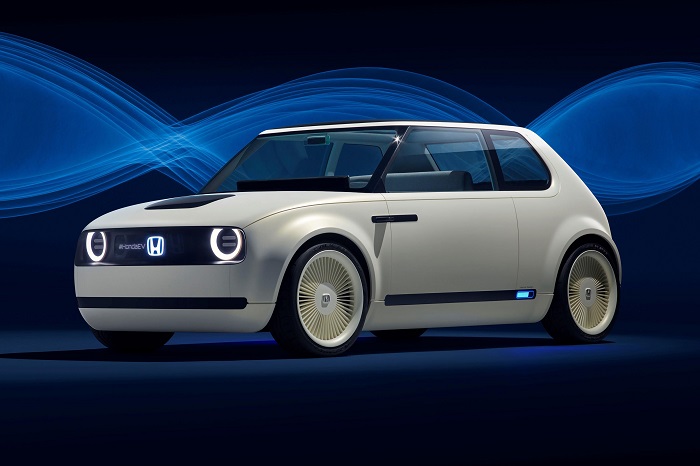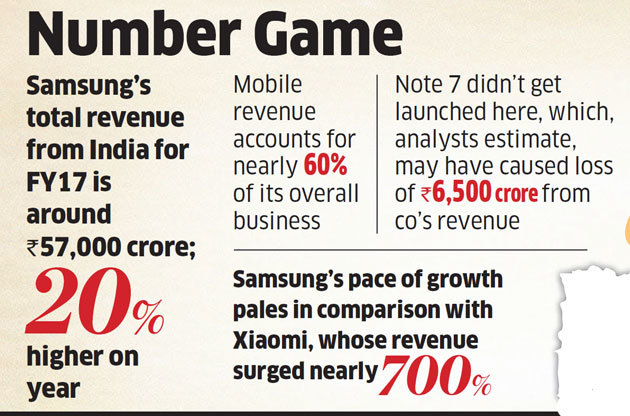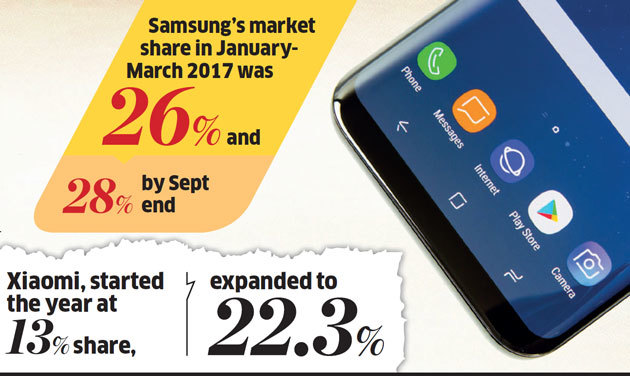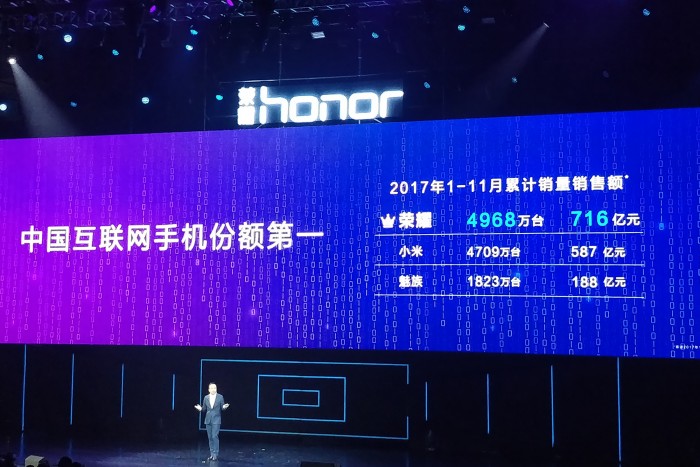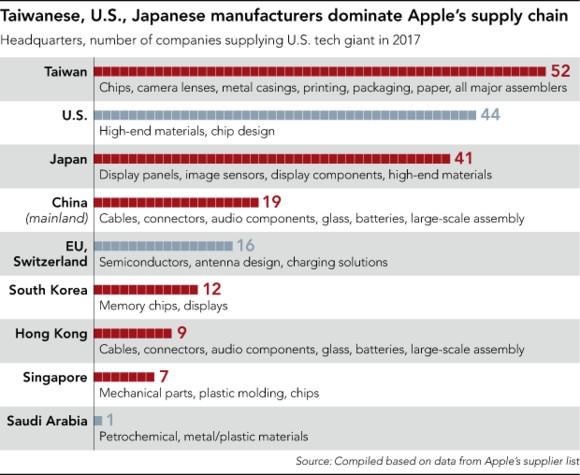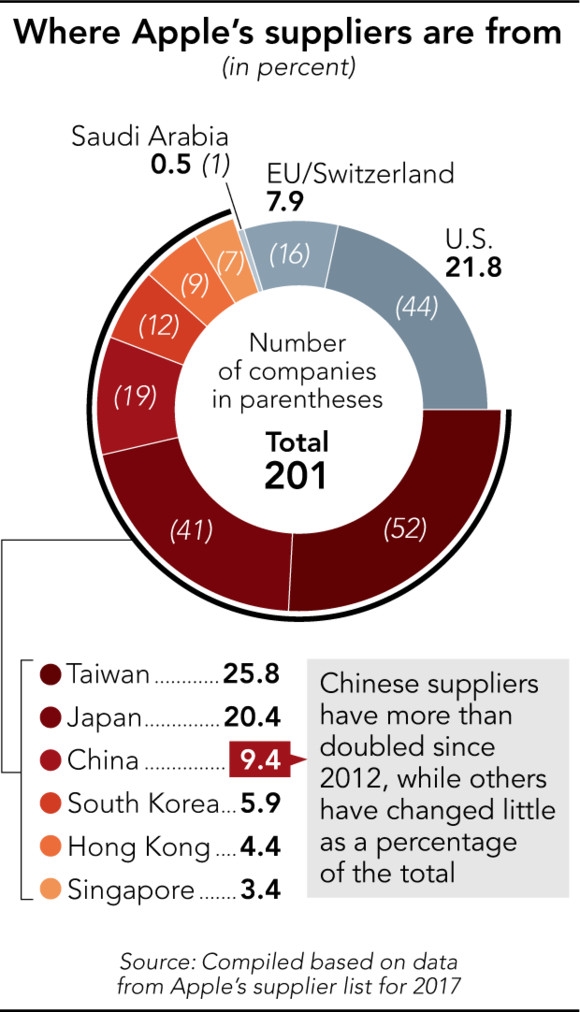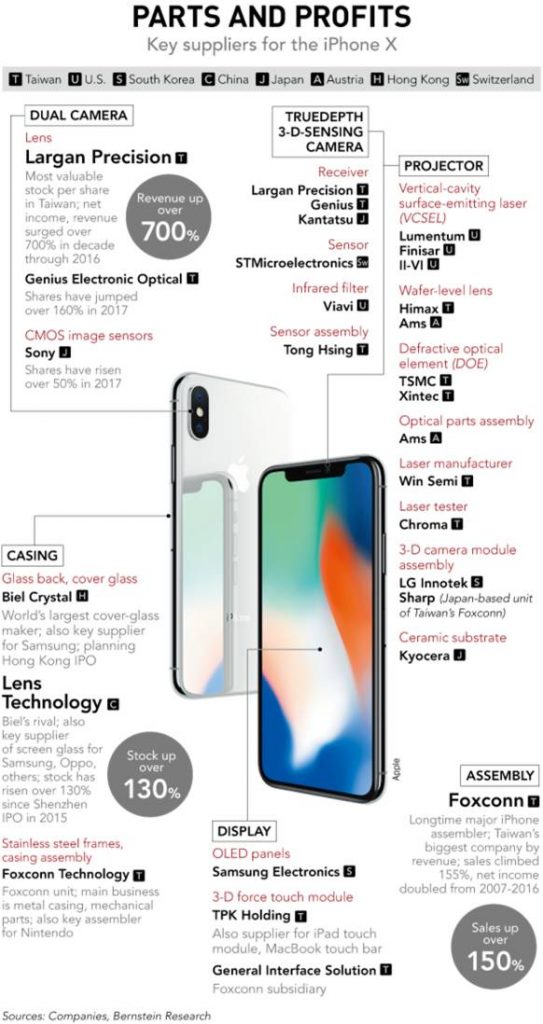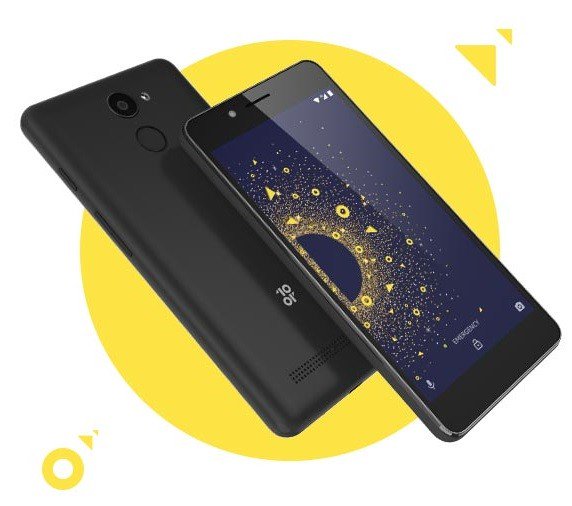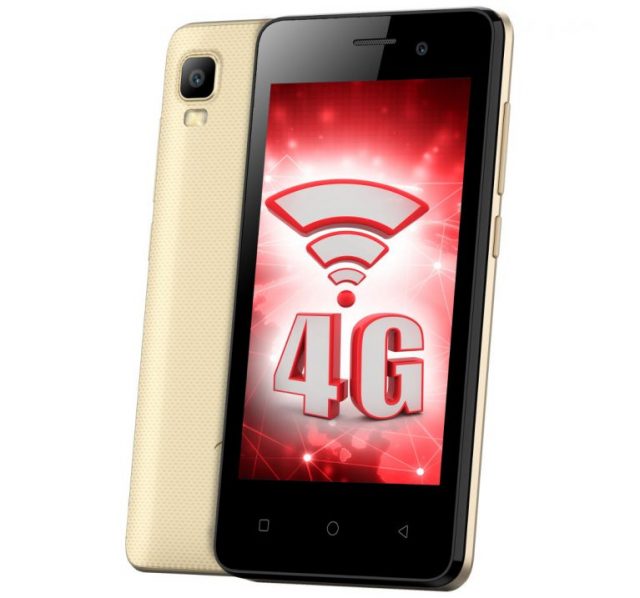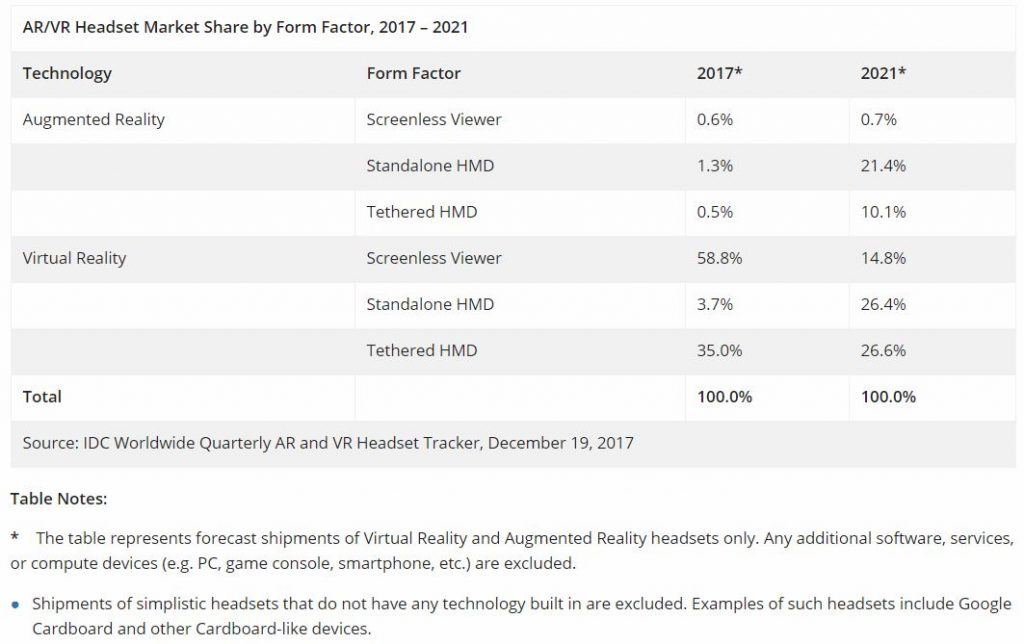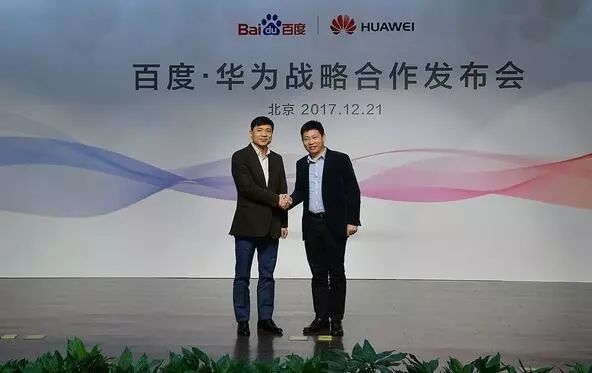
12-22: Honor has announced its plan to expand its presence and partnerships throughout LATAM beginning in 2018; Nokia has signed a multi-year smartphone patent license deal with Huawei; etc.
Chipsets
SK Hynix will reportedly establish a joint venture with a Chinese partner, as it tries to catch up with its rivals in the foundry business. The joint venture company is expected to receive 50 to 50 investments from a Chinese company and SK Hynix System IC, SK Hynix’s foundry business unit, which SK Hynix launched in July as a wholly owned subsidiary. (TechNews, Laoyaoba, Asia Nikkei, Business Korea)
Qualcomm, ZTE and Wind Tre announce they will conduct interoperability testing and over-the-air field trials based on the 5G New Radio (NR) specifications being developed by 3GPP. The testing is expected to validate 5G services and technologies, enabling timely commercial network launches based on standard compliant 5G NR infrastructure and devices. (Qualcomm, Laoyaoba)
Touch Display
Japan Display Inc (JDI) claims that the company is not looking for investment, yet it is seeking to establish partnership with global companies. (Laoyaoba, Sina, 36Kr, JDI)
Memory
DRAM is still facing shortage pushing Samsung to increase its cost by 3%~5% in 1Q18. At the same time, SK Hynix is also reportedly going to increase the cost by about 5%. According to some supply chain, the cost of DRAM in 2Q18 will continue to increase by more than 5%. (Money DJ, Sohu, Laoyaoba, TechNews)
According to TrendForce, backed by large sum of funds and government-initiated resources, China has embarked on the development of memory segment, where three major domestic players have emerged, including Fujian Jin Hua Integrated Circuit (JHICC), Innotron Memory, and Tsinghua Unigroup. (TrendForce[cn], TrendForce, press)
Micron has revealed today that they have finished the design and internal qualification of their 12Gbps and 14Gbps GDDR6 chips. Micron has previously discussed reaching mass production of GDDR6 in the first half of 2018, and as of their latest update that’s still the goal. (TechNews, Sina, Extreme Tech, AnandTech, Kit Guru)
Battery
KGI Securities analyst Ming-Chi Kuo forecasts that Apple will continue expanding iPhone battery capacity in 2019 and 2020. He believes Apple’s key technologies —including semiconductor manufacturing processes, systems-in-package, and substrate-like printed circuit boards —will allow the company to create the required space for even larger batteries. As for the battery technology itself, some in Apple will likely adopt flexible printed circuit board (FPCB) technology starting with the company’s 2018 iPhone lineup. (CN Beta, Apple Insider, Ubergizmo)
Honda Motor is reportedly considering developing all solid-state batteries for electric vehicles (EVs) as a growing number of global automakers look to come up with powerful, next-generation car batteries to reduce vehicle emissions. (CNET, Reuters, CN Beta)
Smartphones
Samsung India’s mobile phone business clocked a 27% increase in revenue to over INR34,000 crore (USD5.3B) for the year ended Mar 2017 helped by local manufacturing and expansion of its retail channels. The company said it expects a similar pace of growth 2017 financial year. According to Samsung India’s senior vice-president for mobile business, Asim Warsi, Samsung had a 46% share of the smartphone market by value and 60% in the premium segment, which is for devices priced above INR30,000. (CN Beta, India Times, 36Kr, Economic Times)
Huawei’s Honor has announced its plan to expand its presence and partnerships throughout Latin America beginning in 2018. Honor devices will be available in store shelves beginning in 2018 throughout the region. (Gizmo China, PR Newswire)
Huawei’s Honor is conceived in late 2011 and established in 2013. It took only 4 years to become the world’s largest Internet-branded smartphone maker with 49.68M units sold in the first 11 months of 2017. The total amount is CNY71.6B (USD10.87B). The company president Zhao Ming disclosed that Honor aims to become top 5 brand within 3 years. (CN Beta, iFeng, Sohu, GizChina)
Nokia has signed a multi-year smartphone patent license deal with Huawei giving it royalty agreements with all of the world’s largest handset makers. Nokia has recently struck licensing deals with handset makers including Apple, Samsung, LG and Xiaomi. (GizChina, Android Headlines, Financial Times, Reuters, Caijing)
Huawei has announced that it has entered into artificial intelligence (AI) alliance with Baidu. The goal of the partnership is to foster a new mobile and AI ecosystem by leveraging Huawei’s hiAI platform and Baidu Brain, a compendium of the company’s AI assets and services, and combine hardware and software to provide global consumers with new smart service experiences. (Laoyaoba, Baijiahao, Sina, Sohu, The Drum, Asia Times)
The Nikkei Asian Review has an interesting piece looking back at the impact of a decade of Apple iPhone production, examining how it made some companies rich, some considerably poorer – and even bankrupted one major supplier. (Asia Nikkei, article, 9to5Mac, CN Beta)
Xiaomi, which has been hearing bank pitches for what could be the world’s biggest tech float in 2018, will rake in a net profit of at least USD1B in 2017, banker projections based on the company’s revenue estimate of USD17B~18B show. Profits are estimated to reach about USD2B in 2018. Bankers and analysts expect Xiaomi’s profits to continue growing sharply into 2019, which one source said would make a USD100B valuation at IPO look “reasonable”. (CN Beta, Economic Times, Bloomberg, Reuters, WSJ)
Huawei Honor 9 Lite (or Youth Edition) is officially launched – 5.65” 2160×1080 FHD+ display, HiSilicon Kirin 659 processor, rear dual 13MP-2MP + front dual 13MP-2MP cameras, 3 / 4GB RAM, 32 / 64GB storage, 3000mAh battery, from CNY1199. (Gizmo China, GSM Arena, Honor)
Gionee S10 Lite is launched in India – 5.2” HD display, Qualcomm Snapdragon 427 processor, rear 13MP + front 16MP cameras, 4GB RAM, 32GB storage, Android 7.1, front fingerprint scanner, 3100mAh battery, INR15,999. (GSM Arena, NDTV, India Today)
10.or D budget smartphone launched In India – 5.2” HD display, Qualcomm Snapdragon 425 processor, rear 13MP + front 5MP cameras, 2 / 3GB RAM, 16 / 32GB storage, Android 7.1.2, INR4999 / 5999. (Gizmo China, NDTV, Business Today)
Vodafone has in partnership iTel launching budget 4G phone iTel A20 – 4” WVGA display, 1.3GHz quad-core processor, rear 2MP + front VGA cameras, 1GB RAM, 8GB storage, Android 7.0, 1700mAh battery, INR1590. (GizChina, NDTV)
Wearables
Future versions of the Apple Watch may contain an advanced form of heart-monitoring technology that would use electric signals to detect heart abnormalities, defects, and other potential indicators of cardiovascular illness. Known as electrocardiograms, or EKGs, the tests are typically performed using multiple electrodes placed directly on the skin, which monitor otherwise imperceptible electrical patterns in between heartbeats. (CN Beta, The Verge, Bloomberg)
Worldwide proliferation of virtual reality (VR) and augmented reality (AR) headsets is expected to continue as shipments reach 59.2M in 2021, up from 9.6M in 2017, according to IDC. To date, the entire market has been propped up by low-cost VR screenless viewers such as the Samsung Gear VR. However, IDC anticipates this category will lose share as previous champions of the category scale back on their smartphone plus headset bundles and shift focus toward tethered and standalone solutions. (IDC, press, Laoyaoba)
Internet of Things
China will reportedly adjust its subsidization scheme for electric vehicles to be launched in 2018, reducing or cancelling subsidies for entry-level models and increasing subsidies for high-end ones. The current subsidy of CNY20,000 (USD3030) for a vehicle with a range of 100-150km will be canceled and the CNY36,000 for one with 150-200km will be lowered to CNY20,000. And the 150-200km range will become the minimum requirement for subsidization. (Digitimes, press, DWNews, Sina)
Didi Chuxing has announced another equity funding round of USD4B to support AI capacity-building, international expansion, and new business initiatives, including the development of new energy vehicle service networks. This comes just 8 months after the company raised USD5.5B, which came a year after a USD7.3B raise from some big-name backers, including Apple. This new cash injection takes Didi’s total inbound investments to USD19.7B. (VentureBeat, Digital Trends, Didichuxing, VOA)
Aiming for IoT, Alibaba embedded OS AliOS Things announces that on 20 Jan 2018 its AliOS Lite will be openly available. AliOS GM Xie Yan indicates that currently Intel, NXP, MediaTek and Spreadtrum already plans to support AliOS Lite. (Laoyaoba, Sina, Ali Yun, Tencent)
